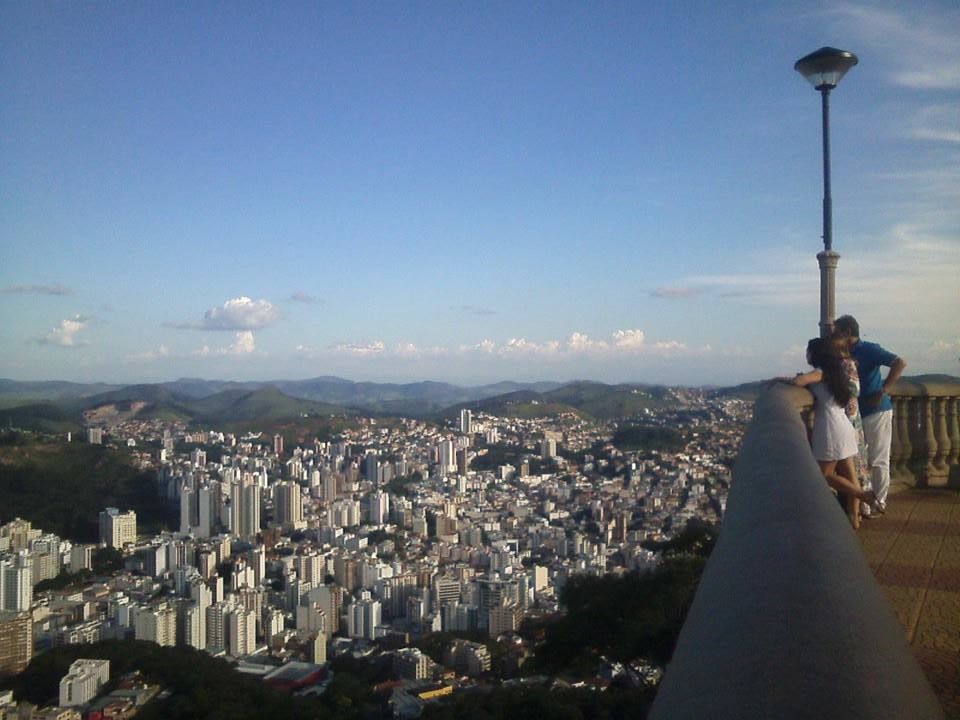Villages of Minas Gerais
- Manuel-Antonio Monteagudo
- May 24, 2018
- 3 min read
Updated: May 26, 2018
The Minas Gerais that I discovered were wide landscapes of treeless hills, extending far into the Brazilian interior. For many brazilians, its valleys are promises of rest: long plains, filled of humble and soothing farmland.

But the State of Minas Gerais was born from a violent passion, and its serene hills bear the marks of those chaotic times.
400 years ago, the bandeirante expeditions entered its high valleys, and discovered fabulous rivers brimming with gold and diamonds. The fever for riches cured the colonists of their fear of the jungles, and millions penetrated the continent, looking for fortune.
The jungles that covered its hills were cut down in search for treasure, and magnificent cities of churches and statues took their place. Despite the efforts of Lisboa’s kings, the General Mines of the Portuguese empire were distributed between ambitious adventurers.
But the gold fever didn’t last for long. In barely 60 years, miners saw their seams empty themselves, and their glorious cities started falling into decay. While some left to look for riches elsewhere in the Empire, the most tenacious amongst them stayed, founding farms in those vast, abandoned lands. Thus, the hills of Minas Gerais were left as quickly as they were invaded. Its jungles, however, never grew back.
***
Juiz de Fora is one of the countless gateways to the valleys of Minas Gerais.
There is probably no city more average than Juiz de Fora. It is, to my eyes, one of those places where men live because they were born there, and tirelessly try to turn their uneventful lives into something beautiful.
It is a modern city, covered by imposing skyscrapers, traversed by a train (that nobody takes anymore), and with a historic centre so destroyed that one has to make an effort to consider it beautiful.
Nonetheless, it also holds secret hideouts, where old artists attempt to live with some poetry.
A few meters away from rusted rails, a group of painters sits in the hall of the train station. Its wooden corridors and its tile floors evoke an idyllic village, but the building’s walls barely hide the thundering sound of the avenue. The artists close their eyes, look at the platform and the blue sky, and seize their paint brushes.
Then, they draw imaginary valleys and forests, mixing their colours with their fantasies. When they finish, they present their work to each other, in silence. After that, they hang their paintings on the walls, decorating the hallways with delirious landscapes.
Nobody visits this abandoned station, and yet none of those painters abandon their passion.
The city of Juiz de Fora holds place like that, where people fight restlessly against ugliness.
Between the brick walls of an old factory, there stands a collection of old brazilian books and movies. Every day, wanderers climb the slopes of the lonely hill of the city, reaching a strange Christ in order to gaze at the skyscrapers that cover the valley.
***
Tiradentes is a strange name, that reappears in the villages and shops all over Minas Gerais. “He who pulls out teeth” was the nickname of Joaquim de Silva, a young Mineiro, a farmer and a dentist, who attempted to proclaim the independence of Brazil in the 18th century. His dream couldn’t be realized: he was quickly apprehended, tortured and executed in a city square of Rio de Janeiro.
Barely anyone knows Tiradentes outside of Brazil, but his brutal depiction, as a dismembered Christ, is portrayed in every museum of the country, and he is remembered in the gateways of Minas Gerais’ old train stations.
The village of Pedra Dourada doesn’t even have a train, and its landscape must not have changed a lot since the times of the Libertador. Lost amid a wide valley, time has passed in a strange way in this town of five streets.
In its main square, blessed with a Wi-Fi connection, a horse cart passes before sunrise. Its sidewalks are almost always empty, but the waterfalls that surround the village are always brimming with children and tourists.

The older inhabitants claim that the church was founded by italian immigrants, brought by truck from the hostels of Juiz de Fora. But strange legends talk about an even older time, when mad settlers looking for gold were devoured in one of the surrounding hills, which shines brightly under sunlight.
Despite being linked to the rest of Brazil by a single, muddy pathway, one cannot feel lonely in this village. It is hard to imagine misery in a place like this, where houses are little but horizons never end.

Rain pours over the lands of Pedra Dourada. One can faintly listen to the drops falling over the calamine roofs, and the families murmuring under the living rooms.
This solitary village is yet another of the faces of Minas Gerais, one that may stay the same for centuries to come.

















Comments